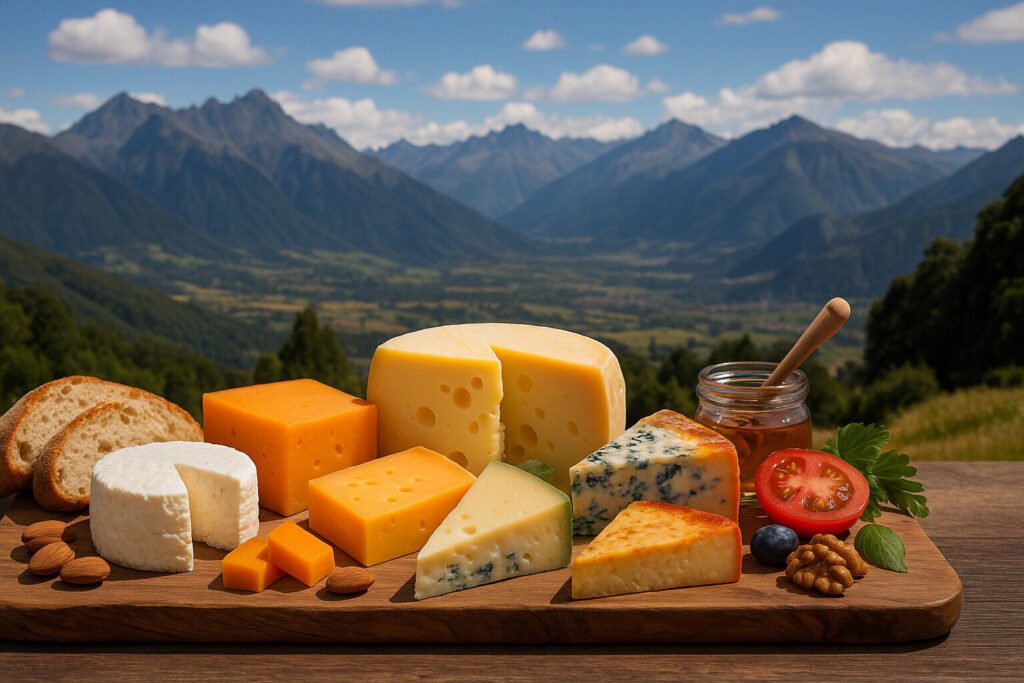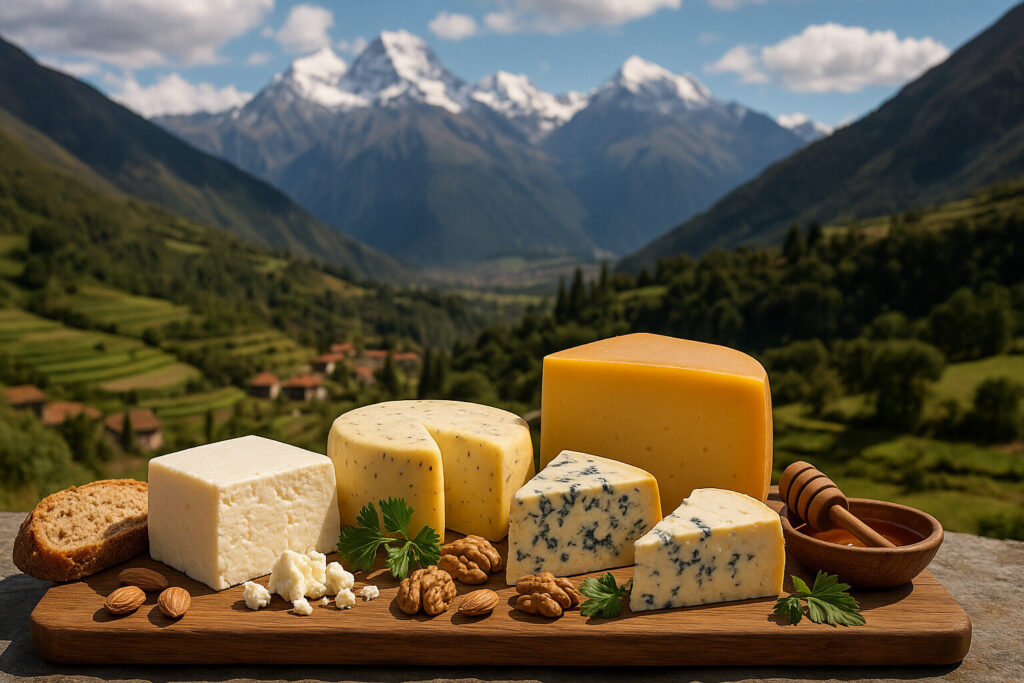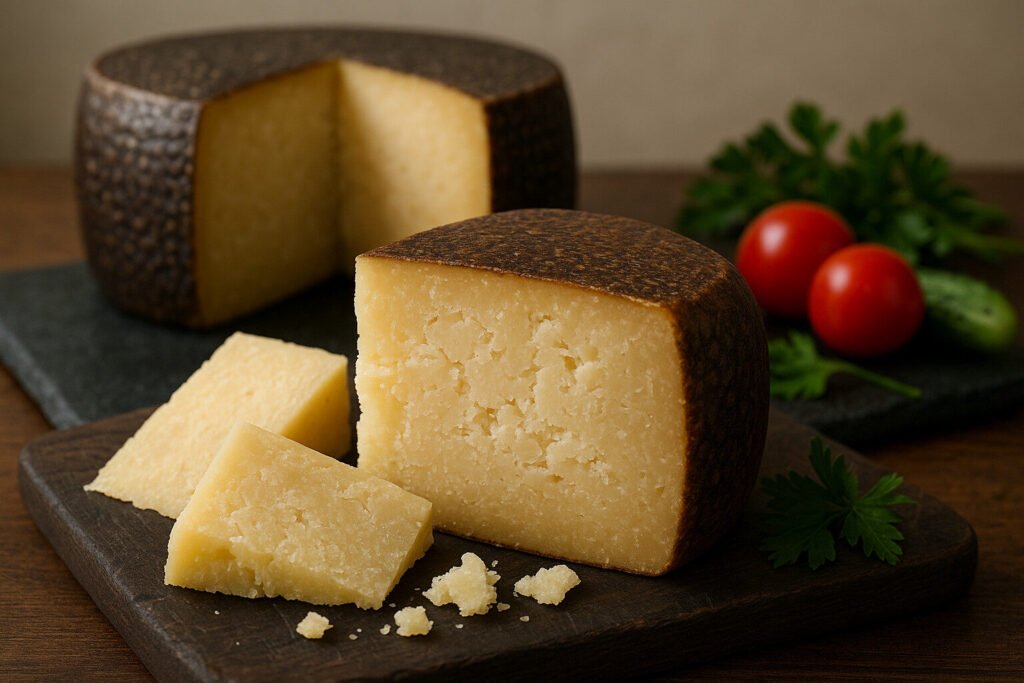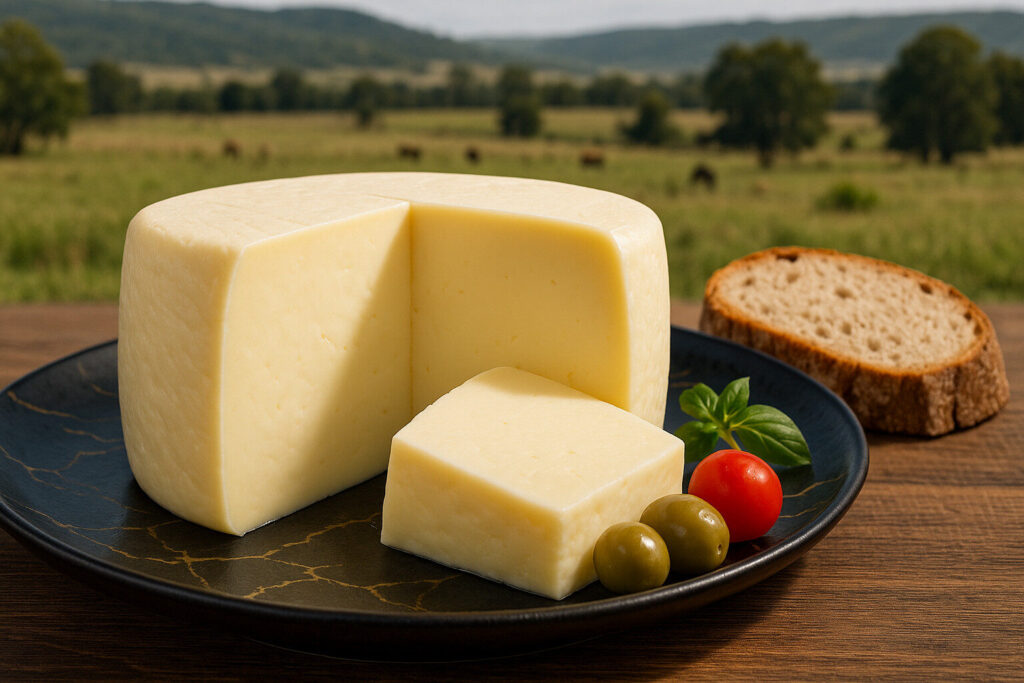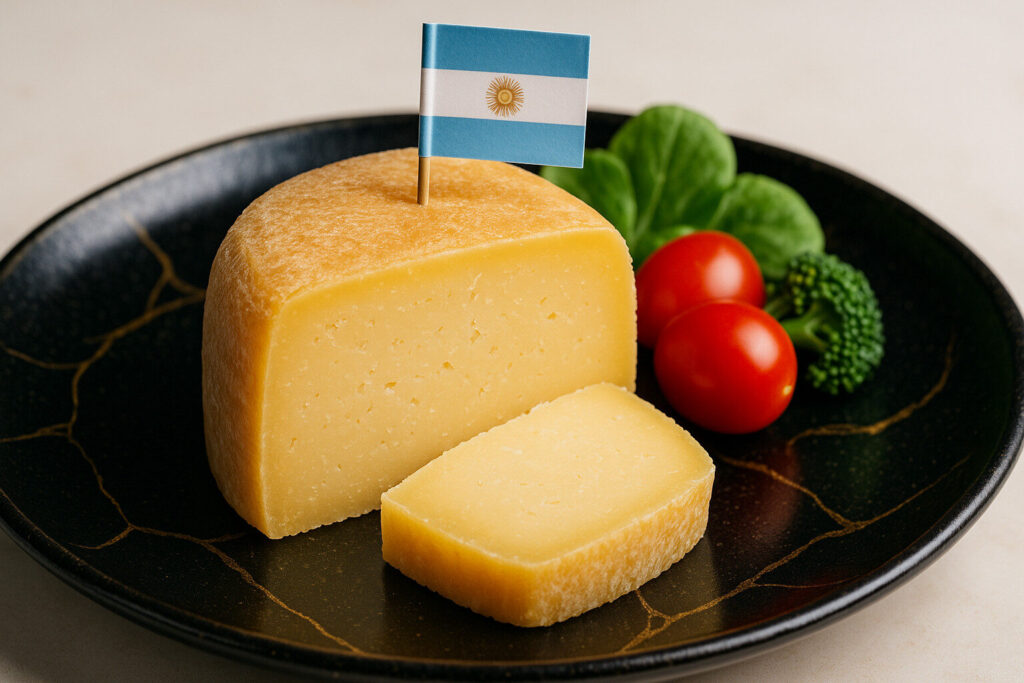Cheese Of Argentina
Argentine Cheese Definition and Scope
Argentine cheese refers to dairy products crafted within Argentina’s borders, reflecting both European immigrant traditions and local adaptations. The category encompasses fresh, semi-hard, and hard cheeses, with cow’s milk as the predominant base. Key styles include regional specialties like queso cremoso and sardo argentino, alongside artisanal farmstead varieties.
Production volumes range from industrial-scale operations to small rural queserías maintaining ancestral methods. These cheeses hold Protected Geographical Indication status in certain regions, ensuring authenticity. The scope continues evolving through contemporary innovations while honoring historical roots.
Argentine Cheese Production Techniques
Traditional Argentine cheesemaking combines Italian and Spanish techniques with Patagonian environmental conditions. Most processes begin with thermal treatment of milk followed by bacterial culture inoculation. Coagulation typically occurs through rennet addition, with curd handling methods determining final texture.
Aging periods vary from days for fresh cheeses to months for hardened varieties like reggianito. Many producers utilize natural caves in the Andes foothills for affinage. Industrial producers implement controlled humidity chambers to standardize production year-round.
Sensory Profile of Argentine Cheeses
Argentine cheeses generally present mild to medium intensity flavors with notable creaminess. Fresh varieties like queso fresco offer bright acidity and moist texture, while aged examples develop nutty and caramel notes. The terroir influence manifests through herbal undertones from Pampas grass-fed cattle.
Texture spectrum ranges from spreadable fresh cheeses to firm, granular types suitable for grating. Color variations span from snowy white in fresh cheeses to deep ivory in aged specimens. Salinity levels remain moderate across most styles, complementing rather than dominating the flavor profile.
Culinary Applications
Argentine cheeses serve fundamental roles in national dishes like provoleta grilled over open flames. Fresh cheeses commonly garnish empanadas and fill savory pastries, while firm varieties enhance sandwiches and picadas. Grated hard cheeses frequently top pasta and risotto dishes in home cooking.
Contemporary chefs incorporate local cheeses into modern interpretations of classic Argentine cuisine. Artisanal varieties appear on cheese boards accompanied by dulce de membrillo and nuts. The melting qualities of certain styles make them ideal for pizza and baked dishes.
Regional Specialties
Córdoba province leads production of queso cremoso, a buttery semi-soft cheese with elastic texture. Patagonia yields distinctive sheep’s milk cheeses influenced by Welsh settlement traditions. The Luján de Cuyo region produces award-winning goat cheeses using mountain pasture milk.
Mendoza’s high-altitude dairies create unique aged cheeses with crystalline textures. Buenos Aires province specializes in Italian-style cheeses like provolone and reggianito. Each region maintains distinct production protocols resulting in recognizable geographical signatures.



